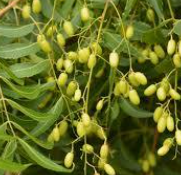Information report for Neem_3953_f_1
Gene Details
|

|
Functional Annotation
Family Introduction
Literature and News
Gene Resources
Sequences
Information report for Neem_3953_f_1
Gene Details
|

|
Functional Annotation
Family Introduction
Literature and News
Gene Resources
Sequences